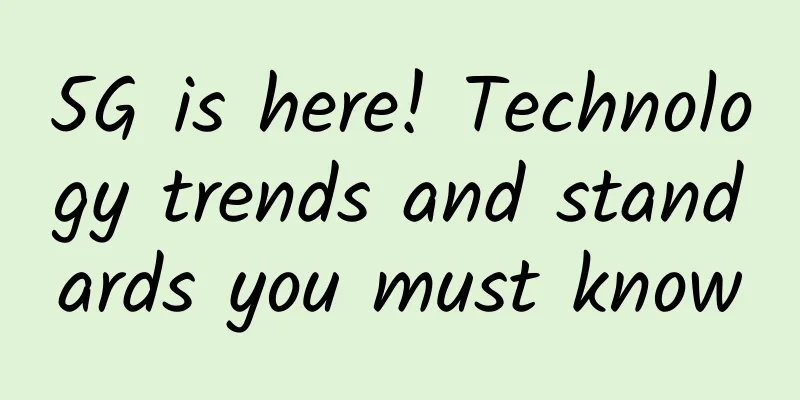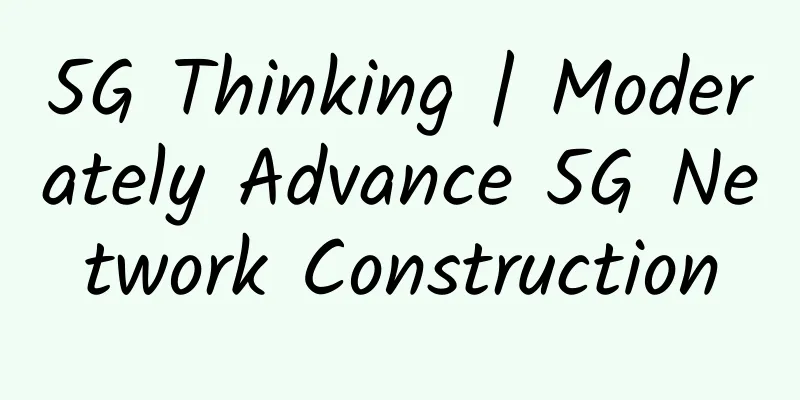Smart Encyclopedia | Why are optical cables better than copper cables?

|
Making it a more attractive cabling infrastructure solution than copper cables. Wondering what makes them popular among other cabling installations, or what are the benefits of fiber optic cables? This post aims to simplify the selection by discussing this cable technology in detail. What is Copper Cable?
|
<<: Top 10 Cyber Threats to Private 5G/LTE Networks
Recommend
spinservers: $89/month - E3-1280v5, 32G memory, 1TB NVMe hard drive, 10Gbps bandwidth server
spinservers has released the latest July promotio...
The United States has another big move for 5G: agreeing to merge two major operators
The Trump administration has tried every possible...
Xi'an University of Science and Technology's Smart New Campus 2.0, layout of "IT unified smart operation and maintenance" (Part 1): IT asset full life cycle management
Xi’an University of Architecture and Technology i...
Sent a data packet to xxxhub and found...
[[442879]] Hello everyone, I am Xuanyuan. That da...
Industry rectification leads to closure of online storage
Another online storage company announced the clos...
How to cut data center costs without sacrificing performance?
While organizations are placing greater demands o...
DiyVM: Hong Kong dedicated server from 499 yuan, Hong Kong/US VPS 50% off 2G memory package monthly payment from 69 yuan
DiyVM is a Chinese hosting company founded in 200...
Why is millimeter wave the only way to the 5G era?
According to the 3GPP agreement, 5G networks will...
Krypt: iONcloud cloud platform Halloween 15% off, San Jose/Los Angeles/Dallas/Honolulu data centers
The last time the tribe shared information about ...
A thought-provoking report on a major communications failure
Starting at 1:35 a.m. local time on July 2, a lar...
What exactly is UWB technology?
This article is reprinted from the WeChat public ...
Why is 6G research and development important in the digital economy era?
5G’s unfinished business needs to be completed by...
The number of 5G package users far exceeds the number of 5G mobile phone users. Are you infected by 5G?
If we distinguish by telecommunications scale, th...
Detailed explanation of several wireless transmission modes!
1. Access Point (AP) In this mode, the wireless n...









